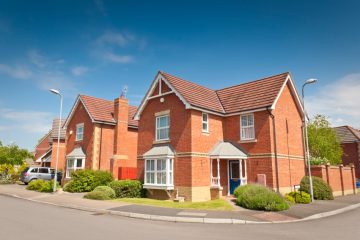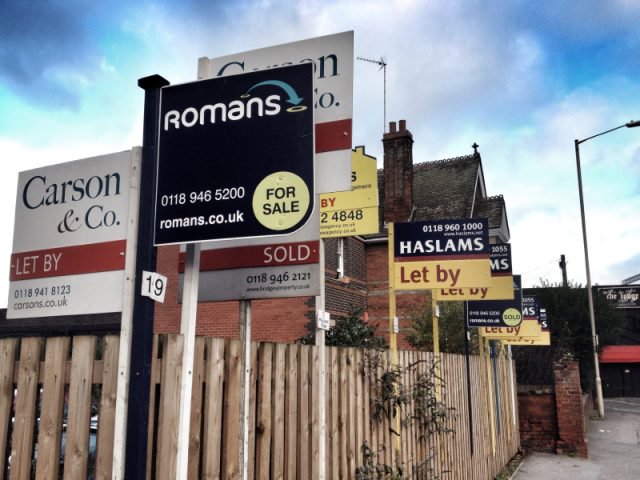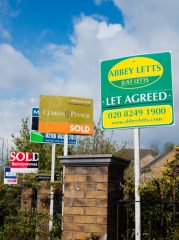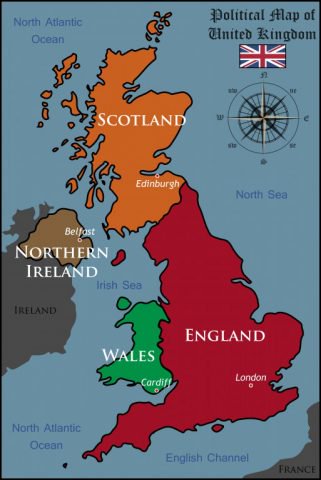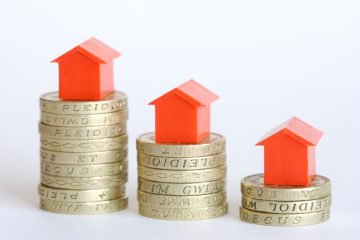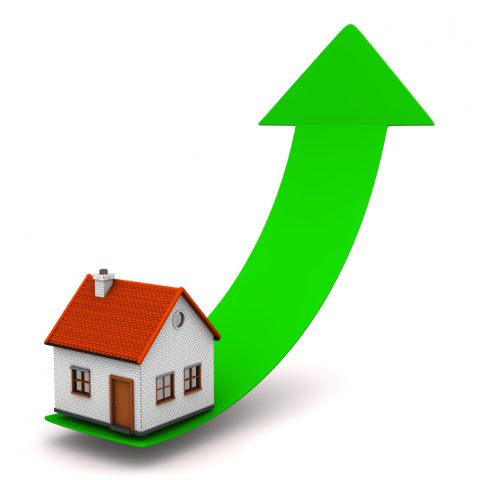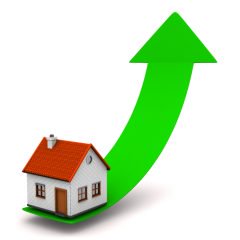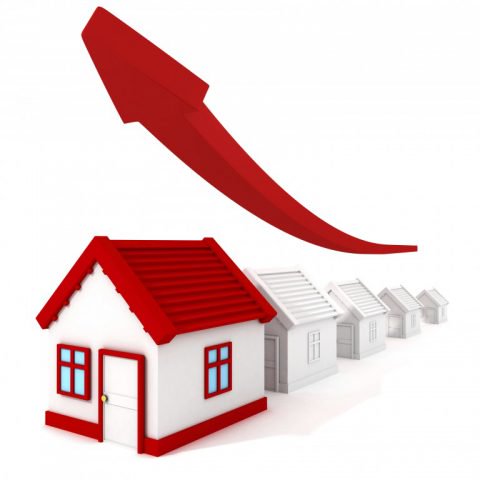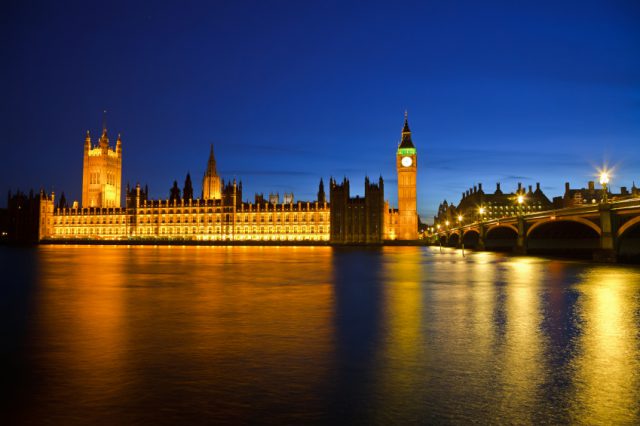How Long do House Prices Drop For?
In 2007 and 2008, the country suffered a severe house price crash. In 2010, some areas saw prices bounce back slightly.
After this period, where your property was in the UK greatly affected its price.
Some places experienced continuous price growth from 2010 onwards and they are still rising now.
In some parts, prices became stagnant, and then began to increase in 2013 and 2014. In Brighton and Hove, the average house price is now above 2007-08 levels, while other areas have recovered but are still lower than they were before the crash.
In places like Liverpool and Bradford, the average property price is still almost 30% lower than they were eight years ago.
When house prices drop significantly, it usually means there is an economic recession. For homeowners, this can be devastating, as the value of their biggest asset is falling and they may also face employment issues.
During these periods, newspaper headlines do not help. The Guardian said: “House prices set to fall by further 12% in 2009”1, while the BBC reported: “House prices ‘fell 15.9% in 2008’.”1
These statements influence buyers and vendors. If the newspaper says prices are falling, house hunters will delay buying, which can then cause prices to decline further, as desperate sellers cut their prices until they sell.
It is difficult to determine how long prices will drop for, but it is possible to look at past trends.
Property expert Kate Faulkner has analysed this data for each of the 32 London boroughs.
Property prices decreased for 18-20 months by 16-18% in the following boroughs: Havering, Hillingdon, Brent and Lambeth.
Most boroughs’ (23) prices fell for 13-17 months. These boroughs saw drops for 17: Barnet, Redbridge, Merton, Southwark and Waltham Forest.
The boroughs that declined for just 13 months were: Hackney, Ealing, Haringey, Richmond upon Thames and Wandsworth.
In terms of the greatest drops, Newham and Barking and Dagenham experienced decreases of 22%, while Hackney, usually one of the capital’s best performing boroughs, saw drops of 21%.
Those falling by less include the City of Westminster at 14% and Southwark, Haringey and Ealing at 16%.
The following boroughs experienced price declines for the shortest period, of just 12 months, with 19-20% reductions: Hounslow, Tower Hamlets and Kingston upon Thames.
The boroughs of Kensington and Chelsea and Camden dropped for only eight and nine months respectively, by 16-17% – also some of the smallest falls.
Analysing these London figures, property prices generally drop for 8-20 months, with the average at just over a year.
If you have an idea of how long prices will decrease for, vendors can plan whether to continue trying to sell or rent out the property until the market has recovered.
Home movers, investors and first time buyers will also benefit from knowing how long property prices will fall for, however, it is never really clear when the bottom has been hit until some time afterwards.
Knowing the length of time prices decline for in a certain area gives an indication of what to look for and also proves that prices won’t drop forever, as some people predicted during the crash.
1 http://www.propertychecklists.co.uk/articles/property-prices-rise-fall

